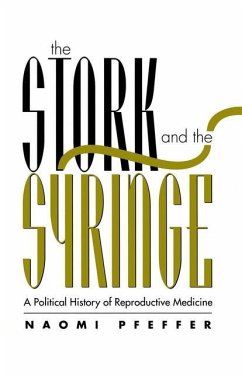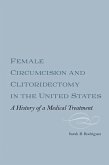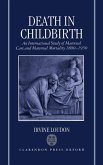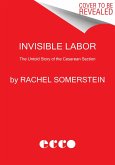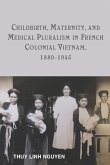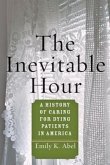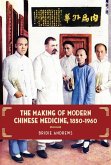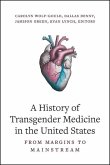Reproductive technology is typically discussed in the future tense. Yet doctors have always treated involuntary childlessness. This book looks at the recent history of infertility and the different ways medicine has treated it. It traces the reluctance to allow infertility a past to a new tension that has emerged between utopian and anti-utopian fears about the growth rate and composition of population. The Stork and the Syringe argues that although doctors' approach to infertility is formed in response to the exigencies of the political economy of medical practice, it also accommodates a persistent gender bias: the tendency to regard women's bodies as inviting intervention and men's as demanding caution. This bias is manifest in relation to gametes (eggs and sperm), sex hormones, in the form of medical investigations and treatment, and the frequency and enthusiasm with which the latter are carried out. Departures from this theme are rare and controversial, as the history of artificial insemination using donor semen demonstrates. This book is a major contribution to the history and sociology of reproduction, fertility, population and medicine.
Hinweis: Dieser Artikel kann nur an eine deutsche Lieferadresse ausgeliefert werden.
Hinweis: Dieser Artikel kann nur an eine deutsche Lieferadresse ausgeliefert werden.

